
All categories
Featured selections
Trade Assurance
Buyer Central
Help Center
Get the app
Become a supplier

(885 products available)




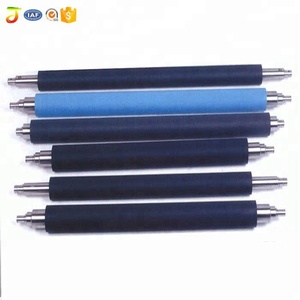
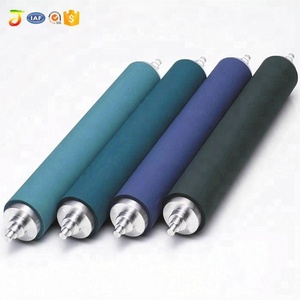

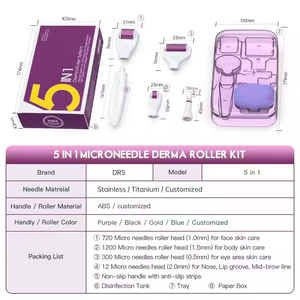



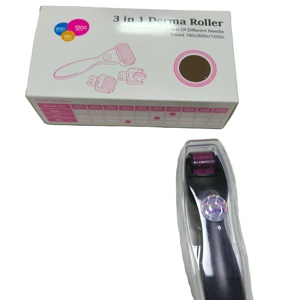















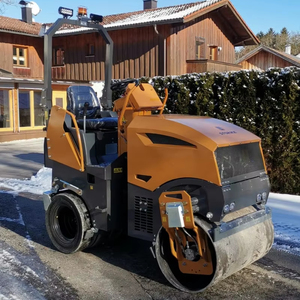


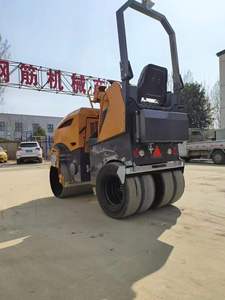



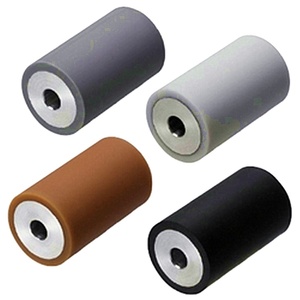


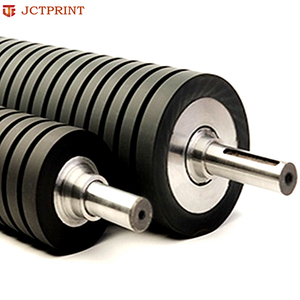


Rubber nip rollers are specialized cylindrical rollers made of rubber or other soft materials used for applying inks, adhesives, and coatings to substrates in various printing and coating industries. There are different types of rubber nip rollers, which are mainly categorized according to their structure, material, and surface treatments.
Structural classification
According to the structure, rubber nip rollers can be divided into tapered rollers and contoured rollers. The tapered rubber nip roller gradually changes its diameter along the length, providing a wider contact area. It is mainly used to apply coatings or inks to uneven surfaces. The contoured rubber nip roller has a specific shape or profile, which is used to apply a particular pattern of coating or inking to a substrate. It is also suitable for the substrates with grooves or cavities that need to be filled.
Material classification
As for materials, rubber nip rollers can be manufactured with natural rubber, which has high resilience and resistance to abrasion and is suitable for various substrates and inks; synthetic rubber, such as neoprene and nitrile butadiene rubber, is also quite popular. Soft urethane rollers are used for applications requiring softness, elasticity, and durability. They have superior wear resistance compared to rubber. Hard urethane rollers are better suited for high-speed operations or processes that require a more precise metering of fluids.
Surface treatment classification
Rubber nip rollers with different surface treatments are suitable for various ink and adhesive applications. Textured rubber nip rollers usually have some patterns or textures on their surfaces, which increase the friction and contact area. This feature makes them suitable for applying thick inks or coatings. Smooth rubber nip rollers have smooth surfaces for precise ink or coating applications. They are ideal for thin liquid media.
Rubber nip rollers can differ depending on the specific machine application. However, the following are some typical rubber nip roller specifications and their maintenance practices.
Proper cleaning and upkeep of the rubber nip roller will help lengthen the lifespan of the roller and any other parts of the machine used with it. Besides, it will ensure the machine continues to work well. The roller should be cleaned regularly, and any substances that have built up, such as oil or ink, should be removed quickly. Use only non-abrasive products that will not damage the rubber surface when cleaning. Check for cracks and signs of damage and wear and get repairs done on time. This will prevent the nip roller from being damaged further and will also prevent damage to other parts of the machine.
Rubber nip rollers are widely used in textile, paper, and printing industries but can also be found in other industries working with different products and materials. The following are some common applications of rubber nip rollers:
When buying rubber nip rollers for sale, buyers should start by choosing the right material. They should first determine if the roller's driving surface needs to be soft or hard. Softer surfaces provide better traction but eventually wear out quickly, while harder surfaces provide longer service life.
Additionally, buyers should consider the condition of the substrate being processed. Generally, softer rolls are ideal for rough or deformable substrates, while harder rolls are more suitable for smooth, flat, and rigid substrates.
Another important factor to consider when buying rubber nip rollers for sale is the thickness needed. For precision work, buyers should look for rollers with thinner nips. Ideally, thin nip rollers apply enough pressure to laminate materials without causing damage. The average thickness for rubber nip rollers used in precision tasks is 25.4mm, but buyers can find rollers with nip thickness ranging from 1mm to 60mm.
For inventory management purposes, buyers should find suppliers that sell rubber nip rollers in bulk. Buying in bulk comes with significant discounts, increasing the resale value when selling to customers. Additionally, buyers should consider suppliers that offer various types and sizes of rubber nip rollers to meet the needs of distinct machinery applications.
The roller frame plays a critical part in the overall durability of rubber rollers machines. When purchasing rollers for resale, buyers should examine the roller frames and focus on robust materials that can withstand heavy workloads. Steel frames are widely known for their durability and ability to handle demanding tasks. Depending on the machinery application, steel frames can be painted or powder-coated to prevent corrosion.
Buyers should also consider the rubber roller's core design. Usually, rubber nip rollers feature hollow or solid cores. Solid cores provide increased stiffness to support high-linear speeds and heavy loads. They are ideal for high-pressure and heavy-duty applications. Hollow cores are lightweight and provide some damping properties. They are ideal for applications that require high speeds.
Q1: What are the common specifications of rubber nip rollers?
A1: The diameter range of rubber nip rollers is typically between 20 and 300 mm. Nip rollers' total lengths are usually between 150 and 3,000 mm. The nip roller machine's shaft is designed to fit specific bore diameter requirements and often has a standard shaft length of about 1,000 mm.
Q2: What are the trends in rubber nip rollers?
A2: One trend in rubber nip roller technology is the development of more durable roller surfaces that resist wear and deformation over time. Another trend is the increased use of adjustable nip rollers that allow for flexibility in handling different thicknesses of materials.
Q3: Can custom rubber nip rollers be made?
A3: Yes, many manufacturers provide custom nip rollers. Bulp members, shaft sizes, lengths, and other specifications can be customized upon request.